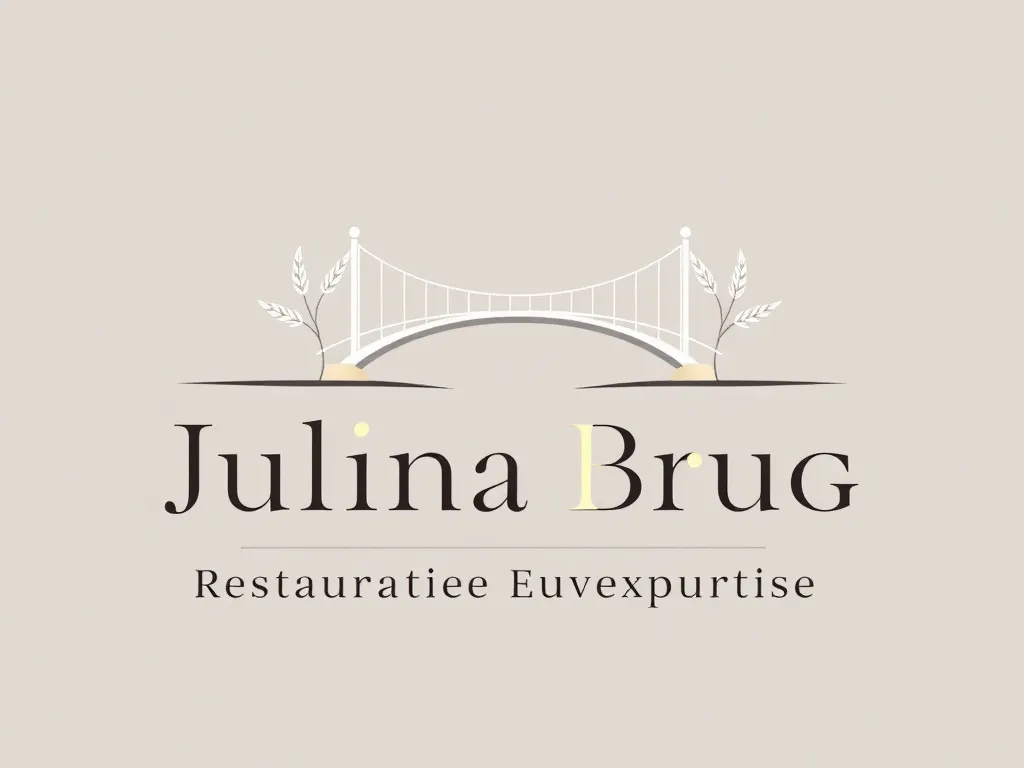Effective Cold Email Examples to Boost Your Outreach

Cold Email Example: A Guide to Effective Outreach
Cold emails are unsolicited messages sent by businesses or individuals to potential clients or interested parties without prior contact. A well-crafted cold email can lead to new business opportunities, partnerships, and responses from recipients. The key is to create a compelling cold email example that resonates with your audience.
An effective cold email example typically includes a catchy subject line, a personalized greeting, and concise content that directs the reader’s attention. It is crucial to make a positive first impression, and that begins with the subject line. Your message must be engaging, outlining the purpose while addressing the recipient's needs or interests. Ultimately, the goal is to encourage the reader to respond or take the desired action.
Cold email examples can vary widely based on the context and intent behind them. For instance, sales cold emails focus on promoting products or services, networking emails look to establish connections with industry peers, and job inquiry emails seek career opportunities. Regardless of the purpose, showcasing the relevance of your email to the recipient is essential. Additionally, effectively structuring your cold email makes it more appealing and easier to read, increasing your chances of a positive response.
Crafting a cold email example involves understanding the recipient's pain points and how your offering provides a solution. This personalized approach is crucial when creating compelling cold emails. For instance, if you offer marketing consulting services, you might identify specific challenges a company is facing and propose tailored solutions that highlight the benefits of working with you. By emphasizing how your product or service can assist them, you create a strong incentive for the recipient to engage with your message.
Lastly, following up is an essential aspect of cold email outreach. If you don’t receive a response within a week or two, consider sending a friendly reminder. Following up with value, whether it be more information, a case study, or a relevant article, keeps the conversation alive and reinforces your commitment to connecting. A well-timed follow-up can significantly improve response rates and lead to fruitful conversations.
Types of Cold Email Examples
Sales cold email examples are focused on pitching products or services to potential customers. They typically highlight the value proposition, addressing specific needs of the recipient. A successful sales cold email outlines how the product solves a pain point, often supplemented with testimonials or case studies to build credibility and trust.
To enhance your outreach strategy, consider this insightful cold email example that drove impressive response rates.
Networking cold email templates are used to connect with professionals in the same industry or field. The tone is generally friendly and professional, with an emphasis on mutual interests or connections. This style of cold email encourages dialogue and collaboration, positioning you as a peer rather than just a vendor.
Business proposal cold email examples are created when pitching a formal partnership or collaboration. These emails provide an overview of proposed ideas, touching on potential benefits for both parties. Clarity is key in this context, as the recipient should immediately understand what is being offered and how it can impact their business positively.
Job inquiry cold email samples are aimed at potential employers or job openings that aren't advertised. These emails typically include a brief introduction, highlight relevant skills and experience, and express genuine interest in joining the organization. It’s crucial to convey enthusiasm while maintaining professionalism and respect for the recipient's time.
Follow-up cold email examples are sent to recipients who have not yet responded to previous outreach. These messages should reinforce the initial value proposition while adding new information or insights to spark interest. A polite tone that acknowledges the recipient's busy schedule can help keep the communication line open without sounding pushy.
Components of a Successful Cold Email
Crafting an engaging subject line is the first step in a successful cold email. It's the first impression and should be intriguing enough to encourage the recipient to open the email. Using personalization, urgency, or curiosity can effectively grab the recipient’s attention.
Personalizing your message is essential for making your cold email stand out. This includes using the recipient's name, mentioning their company or recent accomplishments, or referencing common connections. Personalization shows that you did your homework and that your email isn't just a mass send-out.
Including a clear call to action is vital for guiding the recipient on the next steps you want them to take. Whether it's scheduling a call, replying to your email, or visiting your website, ensure your call to action is concise and straightforward, making it easy for the recipient to respond.
Best practices for email length suggest keeping your cold emails short and to the point. Busy professionals appreciate brevity, so ensure your email communicates the essential information without overwhelming details. Aim for a few short paragraphs and make each word count.
The use of social proof in cold emails can significantly enhance credibility and increase response rates. Including testimonials, case studies, or notable clients can reassure the recipient of your legitimacy and the value you bring, encouraging them to engage with your email further.
Common Mistakes in Cold Emails
Using overly formal language can alienate the reader and convey a lack of authenticity. Instead, aim for a conversational tone that reflects your brand's personality while remaining professional. This approach will foster a more genuine connection with the recipient.
Making the email all about you is another common mistake. While you need to highlight your offerings, it's crucial to focus on the recipient’s needs, interests, and pain points. An overly self-centered email can deter readers from engaging further.
Failing to research the recipient can lead to misguided outreach. Understanding who the recipient is, their position, and their company can help tailor your message accordingly, making it more relevant and compelling.
A lack of a compelling offer is a significant pitfall in cold emails. It is important to present a clear value proposition that highlights the benefits to the recipient. If they don’t see what's in it for them, they are unlikely to respond.
Neglecting to follow up is often a missed opportunity. Many recipients may overlook your email or be too busy to respond right away. A gentle reminder can reignite interest and drive the conversation forward.
Tools for Writing Cold Emails
Email tracking software can provide insights on email engagement, such as whether the recipient opened the email or clicked on any links. This information allows you to adjust your approach based on recipient behaviors and optimize future emails accordingly.
Cold email automation tools can help streamline the outreach process, allowing you to send personalized messages at scale. These tools keep your emails organized, manage replies, and develop effective outreach campaigns without sacrificing the personal touch.
Templates and frameworks are great resources for structuring cold emails. They provide a starting point and help ensure you include all necessary elements while allowing for customization to best fit your target audience.
Personalization tools can enhance your outreach by collecting data on recipients and enabling dynamic personalization techniques. They help to ensure that each email resonates well with the intended recipient, increasing the likelihood of a response.
Analysis and optimization tools can help you evaluate the performance of your cold email campaigns. These tools analyze metrics such as open rates, click-through rates, and responses, helping you iterate and improve your outreach strategies over time.
Measuring Cold Email Success
Understanding open rates is crucial when measuring the success of your cold email campaigns. A low open rate may indicate that your subject line isn't engaging enough or that your audience needs to be better targeted.
Monitoring response rates is another critical metric for evaluating cold email success. This metric helps you assess how many recipients engaged with your message and can inform adjustments in your email's content or approach.
Evaluating conversion metrics is vital for understanding how well your cold emails translate into actionable results, such as scheduled meetings, product demos, or purchases. These metrics will give insight into the effectiveness of your messaging and the appeal of your offers.
A/B testing cold email formats can help determine which elements drive better responses. By testing different subject lines, email formats, or calls to action, you can refine your approach based on data-driven insights.
Gathering feedback from recipients can provide qualitative insights into the effectiveness of your cold emails. Sending a follow-up survey or simply asking contacts for their thoughts can help you learn what resonates and what areas need improvement.
